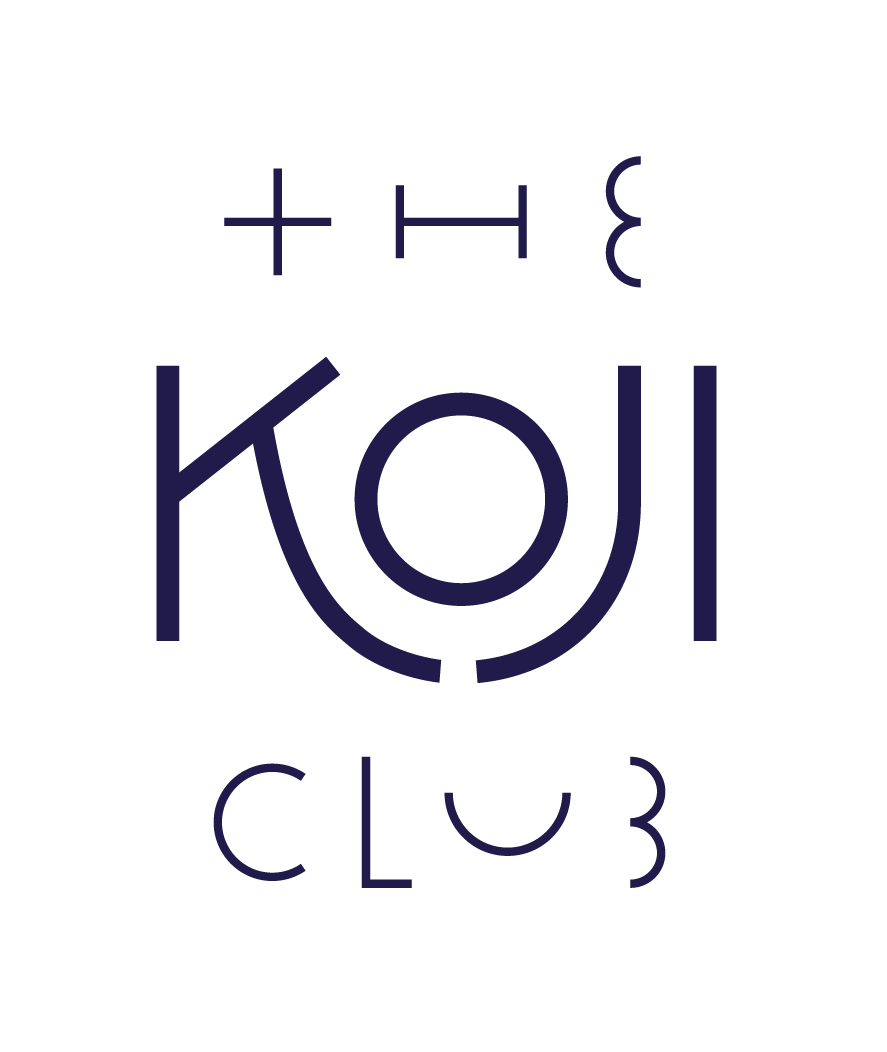Kimoto + Yamahai
This post is part of The Koji Club BINGO. Play the game to win a karaoke party and build your sake chops in the process. Learn more here.
A good dinner party is one of life’s greatest pleasures. Friends and family all together, sharing food, drinks, and stories till the wee hours of the morning...it makes my heart sing. Lately, this sort of communal dining has commenced over tacos in my household. Why? Tacos are easy. Tacos are fun. And tacos are darn delicious.
Tacos get along with tequila, cold beer, and Mexican Coke just fine, but I always find myself wanting something *more* for my guests. I’m talking about the “A-HA!” moment that happens when you take a bite of This and a sip of That.
The Clap-Your-Hands-and-Say-Yeah! Combo.
The Happy Dance Pairing.
For this, I turn to my favorite, back-pocket (albeit not-so-secret) party trick: sake.
Not just any sake will stand up to a taco party, however. This is a job for two of my favorite styles of sake: Yamahai and Kimoto.
What is Yamahai and Kimoto?
Making up just 10% of all sake produced in Japan today, Yamahai and Kimoto are relics of sake’s 2,000-year-old history and testaments to Japan’s deep commitment to tradition and the past. Both styles depart from today’s modern (read: efficient) way of making a sake yeast starter, opting instead for two extremely old methods.
We will get to the difference between the two methods in a minute but first, let’s explore why the yeast starter is so important to begin with!
At a high level, a yeast starter – known interchangeably as shubo or moto – is composed of rice, water, koji, and yeast, and is critical to starting the long process of fermentation off on the right foot.
In other words, the purpose of the shubo is to cultivate a strong and healthy yeast colony that will be able to complete the long and rigorous fermentation once transferred to the main fermentation tanks.
How does one create the right conditions for growing a strong and healthy yeast colony?
Lactic acid. Lactic acid has natural microbial properties that help defend against any unwanted bacteria or microbes during fermentation. In short, lactic acid protects the yeast so it can grow safe and fast.
While modern sake-making does this by introducing a small amount of commercially-made lactic acid to the shubo, Yamahai and Kimoto remain loyal to the original method of sake making, where lactic acid is introduced via ambient lactic acid bacteria found in the air.
The Difference between Kimoto and Yamahai Sake
Kimoto uses poles and a repetitive ramming motion (often times to the beat of a song) to incorporate the lactic acid bacteria. Yamahai does not. By and large, that is the only difference between the two.
Why do breweries still pole ram when Yamahai’s hands-off method is proven to do the same thing? Sake breweries are BIG on tradition and this is one way to pay homage to many breweries' storied pasts.
Where Kimoto and Yamahai get their wild flavors from
Sake breweries may be extremely clean but other wild yeast strains, microbes and bacterias inevitably find their way into the open-air shubo, too. Careful supervision ensures enough lactic acid is cultivated that these other microbes will eventually die off, leaving only the sake yeast to thrive.
This exposure to open air and Mother Nature’s microorganisms is what gives Yamahai and Kimoto their characteristic bold, earthy aromas and punched up acidity. The rustic flavors of Yamahai and Kimoto often lean savory and rich, making both styles perfect companions for heartier dishes like meat and mushrooms. Or tacos.
In short, when you see ‘Yamahai’ or ‘Kimoto’ on a label, it's a pretty good indicator you’re in for some bigger, bolder flavors!
Modern Day Yamahai and Kimoto
Yamahai and Kimoto sake remain some of the most rustic styles on the market. While a bit of yeast is now added to the batches to ensure consistency, the cultivation of lactic acid bacteria is still left to its own airborne devices. In doing so, these big, bold sakes have a distinctly wild personality that can range from gamey and meaty (hi, tacos) to cheesy and mushroom-y (hi, again, tacos). Additionally, Yamahai and Kimoto will have higher levels of acidity than their conventional counterparts and a long finish as well (*cough* 🌮 *cough*).
Tacos or no tacos, Yamahai and Kimoto are worth seeking out to taste their distinct flavors. Though much more refined than earlier versions, when you close your eyes and inhale the aromas of Kimoto or Yamahai, you may just find yourself transported back to 12th Century Japan, when sake production was just starting out. How’s that for your next dinner party conversation starter?
EARN YOUR BINGO STICKER
This post is part The Koji Club Bingo Game. To complete the Bingo square, follow the steps below:
Step 1. Join us at The Koji Club bar for a glass of kimoto or yamahai sake.
Step 2. Present your BINGO card to the bartender for a sticker.
Step 3. If the square completes Bingo, post a picture of your winning Bingo card on Instagram with the hashtag #DrinkGoodSake and tag @the.koji.club. This is your entry to win a Karaoke Party at The Koji Club! Play as many times as you want entries. Winners will be drawn monthly.
EXTRA CREDIT: Post a picture of your sake with your own tasting notes (the wilder the better!) and the #DrinkGoodSake hashtag. Don’t forget to tag @The.Koji.Club to make sure we see it!

